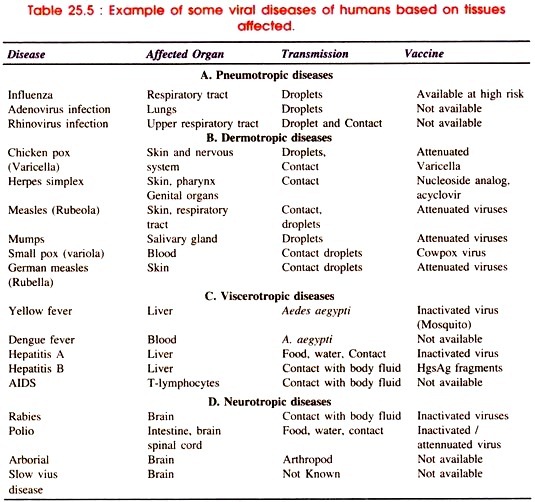Cells commonly employ either of two mechanisms to cause endergonic reactions to take place.
One mechanism, illustrated above by the glycolysis example, is to create reactant and product concentrations that are markedly different from equilibrium values.
This can be brought about either through the production of additional reactants or through the removal of products by drawing them into other cellular reactions. ![]()
For example, the reaction has a ∆G0‘ value of 1.67 kJ/mole, and the isolated reaction would not be expected to occur spontaneously when reactants and products occur in equimolar concentrations.
However, in cells, there is an enzyme that catalyzes the conversion of fructose-6-phosphate to fructose-1, 6-diphosphate and the ∆G0‘ value of this reaction is -14.22 kJ/mole. In the parlance of bioenergetics, the equilibrium of this reaction “lies far to the right.”
In cells, the two reactions are coupled; that is, by removing the product of the first reaction, its concentration is shifted away from its equilibrium value, allowing more products to be formed and therefore both reactions proceed sequentially.
The total free energy change for a sequence of coupled reactions is equal to the sum of the free energy changes of the individual reactions of the sequence. In the example just given, the ∆G0‘ for the sequence of reactions is -14.22 +1.67 = -12.55 kJ/mole.
A second type of coupling occurs when exergonic and endergonic reactions are catalyzed by the same enzyme. In cells, the two reactions
ATP + H2O – ADP + phosphate
(∆G°’= -30.65 kJ/mole)
glucose+phosphate → glucose-6-phosphate + H2O
(∆G0‘= + 13, 86 kJ/mole)
are catalyzed (and also coupled) by the enzyme glucokinase; that is,
The exergonic reaction is thus coupled to the endergonic reaction by glucokinase, and some of the free energy yielded by the exergonic reaction is consumed to drive the exergonic reaction.

